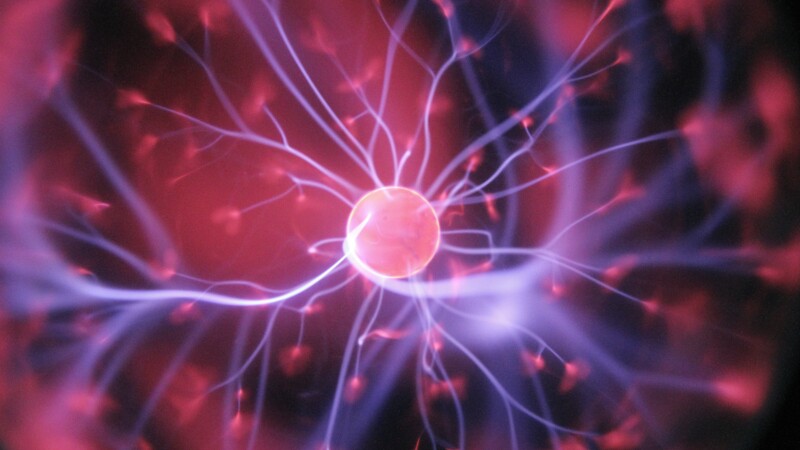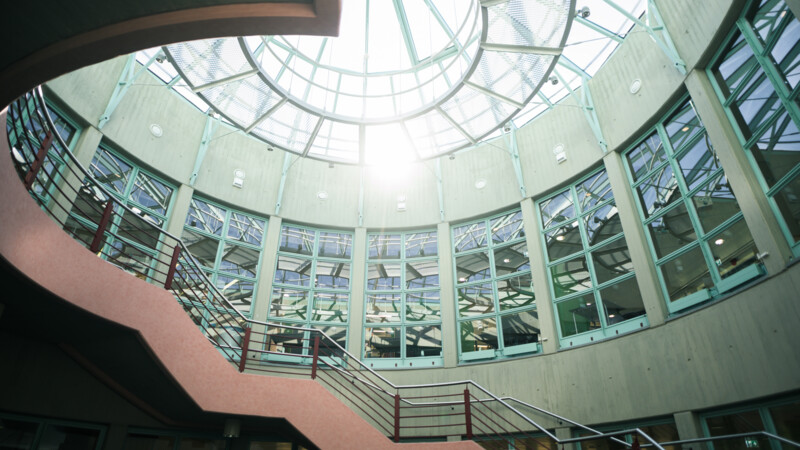"This result could rewrite the textbooks. It challenges ideas that generations of physicists have taken for granted," said Christian Schwanenberger, Professor of Experimental Physics at UHH, who is also involved in the Compact Muon Solenoid (CMS) experiment. Until now, it was assumed that the top quark - the heaviest known elementary particle - is so short-lived that it cannot fuse with its anti-particle to form a bound state. The discovery of toponium disproves this assumption as it consists of a top quark and its antiparticle. "This is one of those moments when nature defies our expectations because we were sure that such a particle could not be observed, certainly not under the conditions we have at the LHC," says Alexander Grohsjean, who also conducts research at UHH as part of the CMS. Toponium could offer researchers a new way of studying the strong interaction - one of the four fundamental forces of nature that binds quarks into protons and neutrons. It also illuminates the behaviour of the top quark itself, which differs significantly from that of its lighter counterparts.
Researchers at the University of Hamburg and DESY, who work together in the University of Hamburg’s Cluster of Excellence Quantum Universe, have found signals of an extremely rare particle called toponium. The experiments were conducted in CERN’s Large Hadron Coll (LHC) near Geneva, where researchers probe the fundamental structure of particles. The finding could decipher the fundamental structure of all matter in even more detail.
Breakthrough for research
Rarest, most volatile processes now measurable
"It's not just about discovering a new particle," says Laurids Jeppe, a doctoral student at the University of Hamburg and a member of the CMS research team at DESY. "It shows that we have now achieved a level of precision which allows us to measure even the rarest and most fleeting processes in nature." The first signs of toponium were found in 2016, 2017 and 2018. The task now is to investigate the signal in more detail, said Jeppe.
ja/mm/pb
Sources and further information
More
Similar articles

Two "nationally significant" projects at DESY

University of Hamburg presents latest findings on climate change

